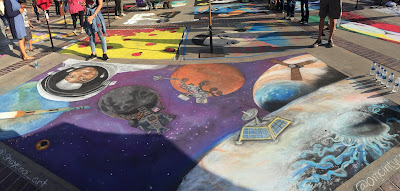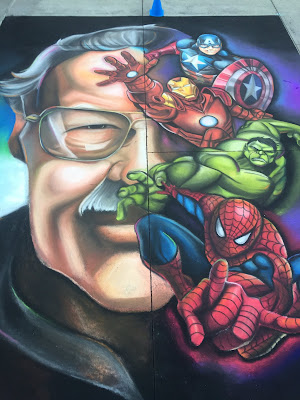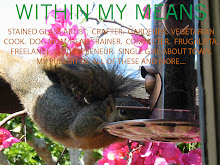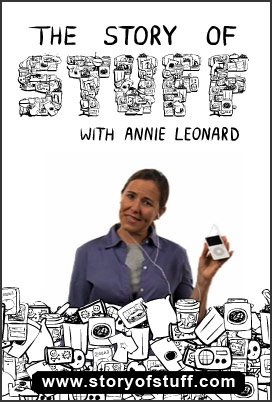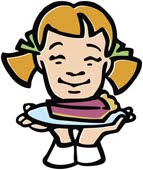I made it to my first session of the Painting with Watercolors class offered through Burbank Parks & Rec at the Betsy Leuke Creative Arts Center classroom. It's actually the second week of the course, but I missed the first session due to work. A ten week summer session was $95, with an extra $10 fee because I'm not a Burbank resident.
This class is close to my heart as I'm getting to use art supplies that belonged to my late uncle, Dick Rosentreter. Dick was a museum curator at the Illinois State Museum and an artist by education. He passed away following an epileptic seizure in 1986 at the young age of thirty-eight. My sister had his art supplies for many years before passing them on to me. I organized them but never really used them for about fifteen years. I have a large piece of his artwork hanging in my living room, over my couch, so I think of him daily.
The watercolor course taught by Pam McDonald is welcoming but structured. A demo and critique is given each week on class and/or individual paintings. Each week will have a theme for the lesson. In today's class we studied reflections. A materials list was provided prior to the session; we brought our own paints, paper, and brushes. But the instructor had small magazine clippings that went with her theme which we could choose from as inspiration to paint.
Above is the magazine clipping that I picked from the instructors selection's. Actually, the teacher picked it for me when I asked her which one from the array would be easiest. I wanted an entry level project as I had no prior experience. See the little chips in the water? I thought that the clipping was just so old it was flaked and degrading. So when I painted it, I actually had the inspiration drawing upside down. Thus my painting below looks like it is backward left-to-right.
It was fun to mix colors from a basic palette to make shades of green/blue/yellow. We were encouraged to work quickly and impressionistically, without paying too much attention to shape or detail. The professor showed me how to make the lines in the reflection to show the movement of the water, and to underline them with a darker color for better effect.
I'm really not at all impressed with the work I did on this assignment but again I'm willing to share it in the hopes that I'll see improvement once I compare my last assignment at the end of the course. I'm keeping in mind that this endeavor is for fun, learning, and relaxation this summer. Can't wait to see what else I learn in the next eight weeks!
I'm really not at all impressed with the work I did on this assignment but again I'm willing to share it in the hopes that I'll see improvement once I compare my last assignment at the end of the course. I'm keeping in mind that this endeavor is for fun, learning, and relaxation this summer. Can't wait to see what else I learn in the next eight weeks!



























